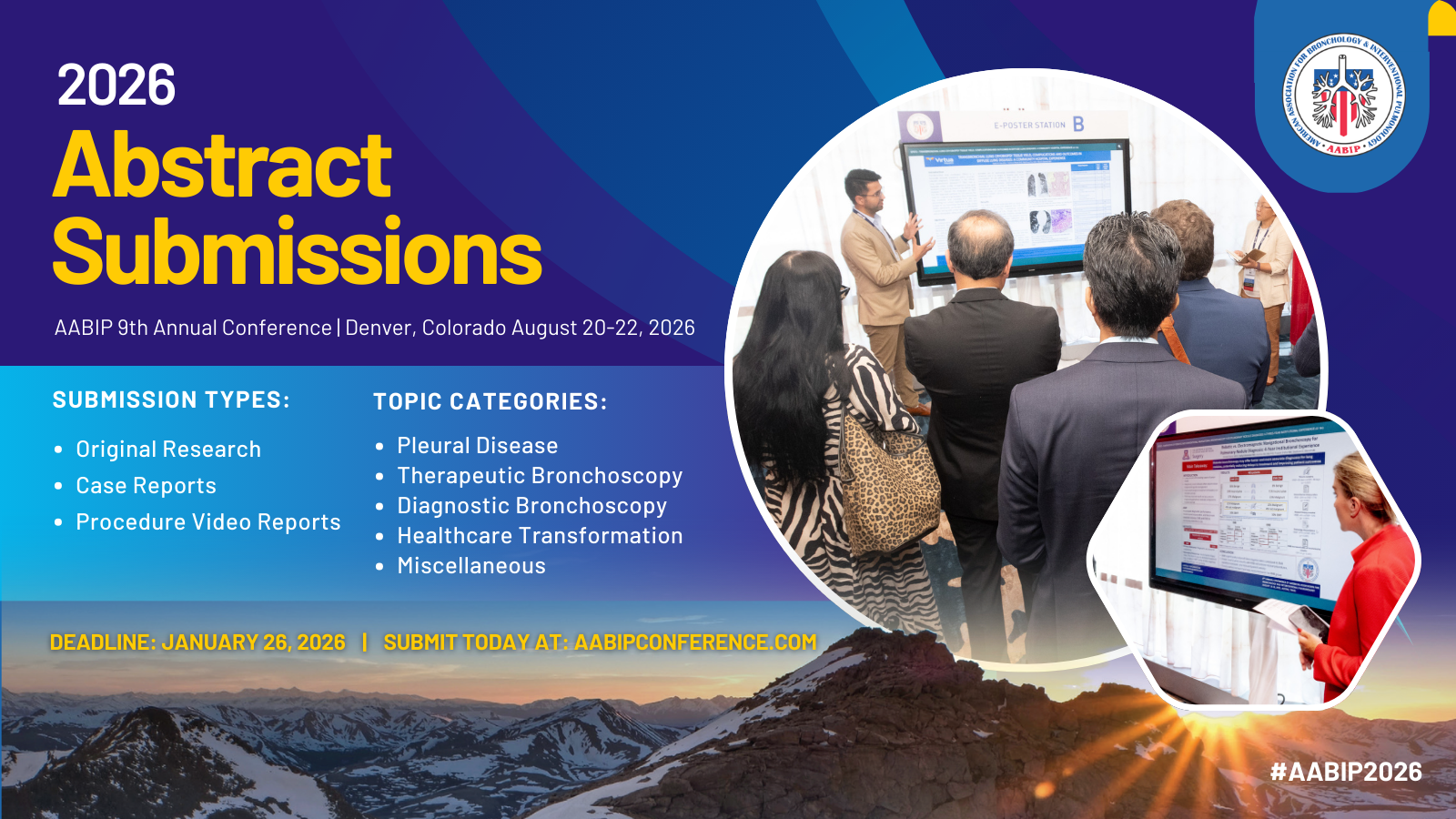IP Fellows Reading ListTherapies for Early Stage or Locally Invasive Lung CancerCryotherapyThe application of cryosurgery in the treatment of lung cancer https://pubmed.ncbi.nlm.nih.gov/14969682/ Clinical Trial Reference: Maiwand MO, Evans JM, Beeson JE. The application of cryosurgery in the treatment of lung cancer. Cryobiology. 2004;48(1):55-61. Background: This is a prospective study evaluating the use of endobronchial cryosurgery for relieving malignant central airway obstructions (MCAO). PICO: Population –
Intervention –
Comparison –
Outcome –
Take home: Cryosurgery is a relatively safe, rapid, and effective intervention in the management of MCAO due to inoperable lung cancer. This study demonstrates that it can improve symptoms and performance status. Unimodality and multimodality cryodebridement for airway obstruction. A single-center experience with safety and efficacy https://pubmed.ncbi.nlm.nih.gov/26999041/ Clinical Trial Reference: Inaty H, Folch E, Berger R, et al. Unimodality and multimodality cryodebridement for airway obstruction. A single-center experience with safety and efficacy. Ann Am Thorac Soc. 2016;13(6):856-861. Background: This retrospective analysis describes one institution’s experience with cryodebridement in the management of airway obstruction. PICO: Population –
Intervention –
Comparison –
Outcome –
Take home: Cryodebridement is a relatively safe and effective tool in managing both malignant and benign airway obstructions. This study took place at a single large-volume referral center so caution should be taken when generalizing these findings. Endobronchial tumor debulking with a flexible cryoprobe for immediate treatment of malignant stenosis https://pubmed.ncbi.nlm.nih.gov/19716140/ Clinical Trial Reference: Schumann C, Hetzel M, Babiak AJ, et al. Endobronchial tumor debulking with a flexible cryoprobe for immediate treatment of malignant stenosis. J Thorac Cardiovasc Surg. 2010;139(4):997-1000. Background: This is a retrospective analysis of the use of a cryosurgery in the management of malignant endobronchial disease at a single center in Germany. PICO: Population –
Intervention –
Comparison –
Outcome –
Take home: Tumor debulking with cryosurgery was found to be a safe and effective intervention in lesions <2 cm in length. Treatment of pulmonary carcinoid tumors with bronchoscopic cryotherapy: a 28-year single-center experience https://pubmed.ncbi.nlm.nih.gov/34261879/ Clinical Trial Reference: Perikleous P, Mayer N, Finch J, Beddow E, Anikin V, Asadi N. Treatment of pulmonary carcinoid tumors with bronchoscopic cryotherapy: a 28-year single-center experience. J Bronchology Interv Pulmonol. 2022;29(1):71-82. Background: The gold standard for managing pulmonary carcinoid tumors is resection. However, in inoperable cases with centrally-located intraluminal tumors, bronchoscopic management is a potential treatment option. This study is a retrospective review of bronchoscopic management of carcinoid tumors using cryotherapy at a single institution. PICO: Population –
Intervention –
Comparison –
Outcome –
Take home: Cryotherapy is a reasonable treatment option for patients with carcinoid tumors not amenable to surgical resection. This study has demonstrated that remission can be achieved in select patients treated with cryotherapy alone, although further study is needed prior to incorporation into standard practice. Airway spray cryotherapy: initial outcomes from a multiinstitutional registry https://pubmed.ncbi.nlm.nih.gov/22516831/ Clinical Trial Reference: Finley DJ, Dycoco J, Sarkar S, et al. Airway spray cryotherapy: initial outcomes from a multiinstitutional registry. Ann Thorac Surg. 2012;94(1):199-203; discussion 203-204. Background: PICO: Population –
Intervention –
Comparison –
Outcome –
Take home: This study shows that SCT can be used to treat malignant airway tumors and has advantages of reduced bleeding complications. However, additional studies are needed to demonstrate clinically relevant outcomes. Furthermore, there was a significant number of deaths during and after the procedure for unclear reason (possibly due to high pressures from the spray) that need to be investigated prior to wider adoption of this intervention. |








